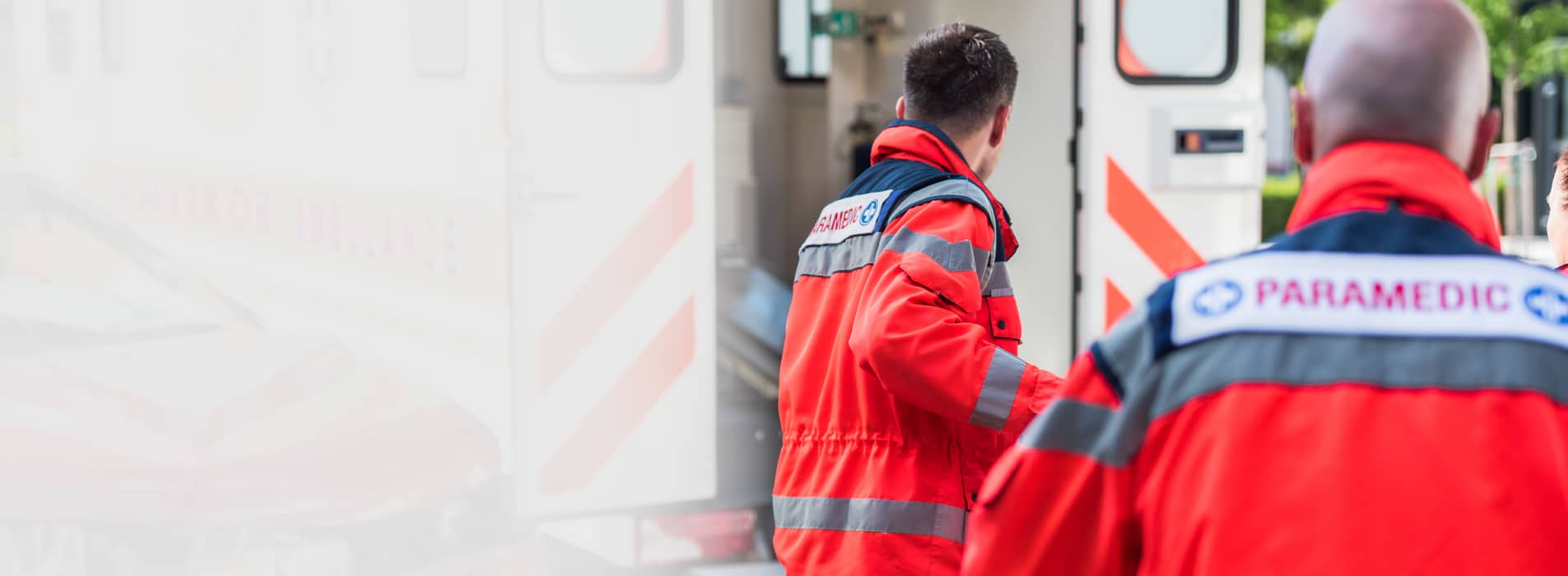Emergency Preparedness & Response
Use the power of national health information networks to solve critical gaps in patient care during public health emergencies and disasters.

Our PULSE Enterprise solutions, including Patient Search, Emergency Census, and Missing Persons, are optimized for the unique demands of field conditions to reduce burden on providers, support high-quality care for patients, and accelerate the return to routine care.
We arm medical providers and emergency responders with real-time data to provide safe and timely medical care for displaced individuals and improve patient tracking.
We arm medical providers and emergency responders with real-time data to provide safe and timely medical care for displaced individuals and improve patient tracking.

Improve Clinical Outcomes for Communities During an Emergency
- Enable secure access to patient health information for authorized providers in field environments to prevent avoidable hospitalizations, reduce adverse events, and increase cost savings.
- Deliver patient clinical and medication history data when and where it is needed.
- Leverage national health information networks that cover more than 75% of hospitals, 80% of pharmacies, 77% of dialysis centers, and several federal agencies, including the Department of Veterans Affairs and the Department of Defense.

Quickly Locate and Reunify Missing Persons with Family and Care Providers
- Individuals can be checked in and out of shelter environments, creating a roster that can be used to facilitate patient tracking and family reunification efforts.
- Shelter roster data can be combined with hospital and emergency department admission data and cross-referenced against a list of missing persons to identify if individuals have presented to a facility on the network.
- Providers and care coordinators utilizing the PointClickCare network can receive notifications when a patient has received care at a medical special needs shelter, enabling timely follow-up during a disaster.
Request information about Emergency Preparedness and Response programs in your state
